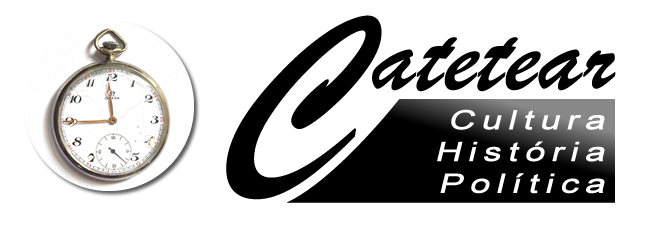O Vinho Âmbar e sua Revolução Silenciosa
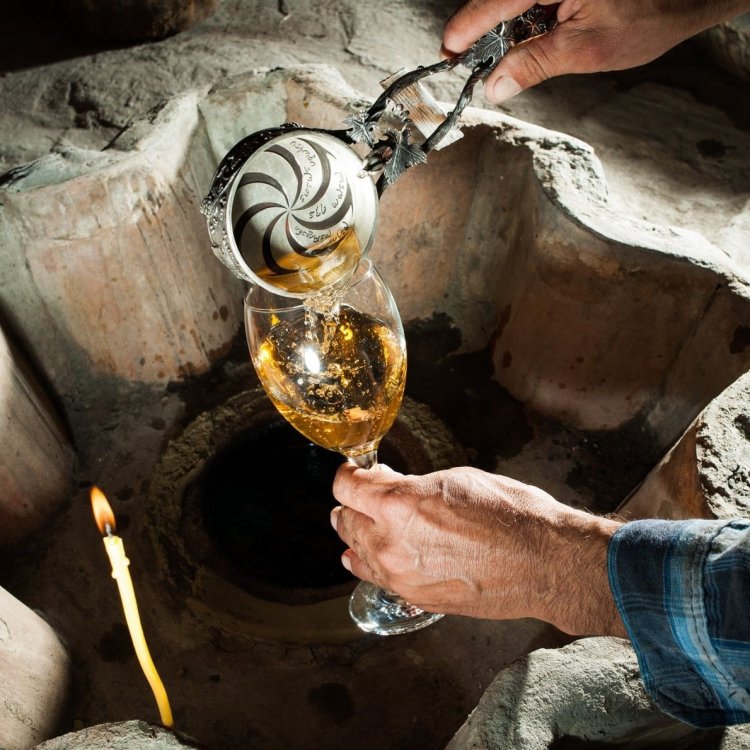
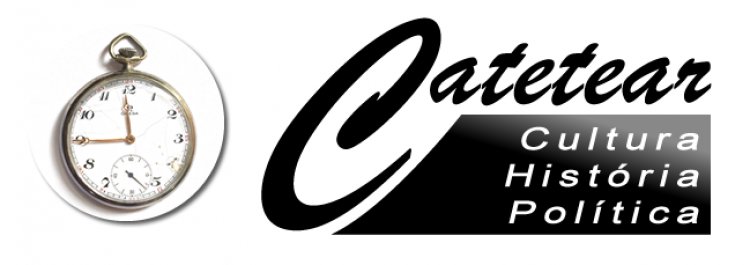
O Vinho Âmbar e sua Revolução Silenciosa
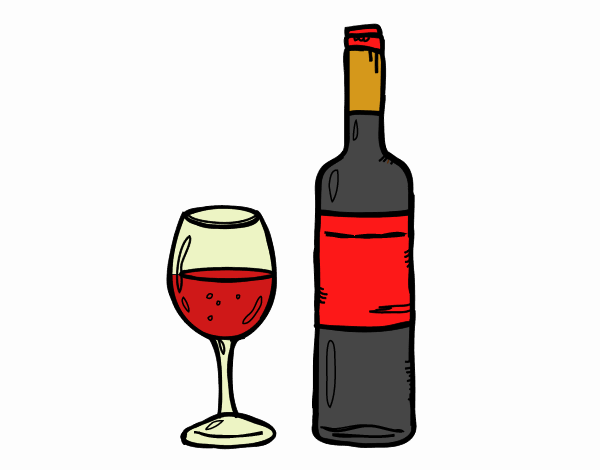
Por Samara Portela –
Há alguns anos atrás, pouco se falava de vinhos laranjas, elaborados com uvas brancas em contato com suas peles há mais de 8000 anos atrás na Geórgia, onde é chamado de vinho âmbar devido a semelhança de cor com esta resina fóssil encontrada no mar báltico.
Em 2018, o autor britânico Simon J. Woolf lançou o primeiro livro dedicado exclusivamente sobre o tema, Amber Revolution – how the world learned to love orange wine, no qual afirma que o termo “laranja” fora cunhado em 2004 pelo importador conterrâneo David Harvey e assim se popularizou mundo afora, embora necessite quase sempre de esclarecimentos imediatos, já que o consumidor mais desprevenido se questiona se, além de uva, a garrafa contém a outra fruta que o denomina.
Ao ser perguntado por quê intitular de revolução âmbar já que utiliza vinho laranja nas páginas, Woolf afirma que primeiramente é por respeito aos produtores georgianos que assim preferem chamá-los (ქარვისფერი ღვინო – karvisperi ghvino), bem como Josko Gravner em Friuli, no norte da Itália, apontado como uma das grandes referências que colocaram o método ancestral de vinificação nos olhos, ou melhor, no paladar, do Ocidente. Woolf também conta um fato curioso: seu livro foi lançado na época em que Donald Trump fora eleito presidente dos Estados Unidos, quando pipocavam piadas sobre a laranja ser sua bebida preferida, e o autor quis se prevenir de qualquer possível associação a Trump. Finalmente, Revolução Laranja teria também outras implicações políticas – basta pesquisar o termo e adicionar Ucrânia ou Irlanda do Norte no Google para compreender.
Dissociar vinho e política, de qualquer forma, seria contraproducente já que esta bebida representa e comunica a identidade cultural de um país como nenhuma outra. O vinho leva à mesa dos consumidores paisagens e histórias que jamais conheceríamos se não fosse pelo momento de escolher um rótulo e abrir uma garrafa. É por isso que o vinho é política de Estado nos países da União Europeia, favorecido por inúmeros subsídios, e da Argentina, onde foi declarado em 2013 como Bebida Nacional pela então presidenta Cristina Kirchner, garantindo recursos e ações que fomentam sua produção e consumo. O vinho não é uma commodity, ao contrário, é um alimento altamente complexo, uma bebida que oferece qualidade de vida à população, já que seu consumo é social e coletivo, e ainda estimula o turismo e fixa a população nas áreas rurais.
Durante os 70 anos de ocupação da União Soviética, a agricultura da Geórgia foi industrializada e transformada em uma terra de pesticidas e herbicidas, com milhares de qvevris (as típicas ânforas de cerâmica georgianas que se enterram para fermentar e armazenar vinhos) ora destruídos, ora cheios de gasolina para que passassem os tratores gigantes nos solos dizimados por fertilizantes sintéticos. As mais de quinhentas castas autóctones foram reduzidas ao contar de uma mão e as tradições orais e canções polifônicas foram esquecidas. Décadas depois, o vinho âmbar sobrevive e renasce a partir deste processo marcado por perdas e revoluções, se apresentando ao mundo como a tangível identidade cultural da Geórgia e o elo nacional entre a História e um horizonte agora com infinitas possibilidades de expansão.
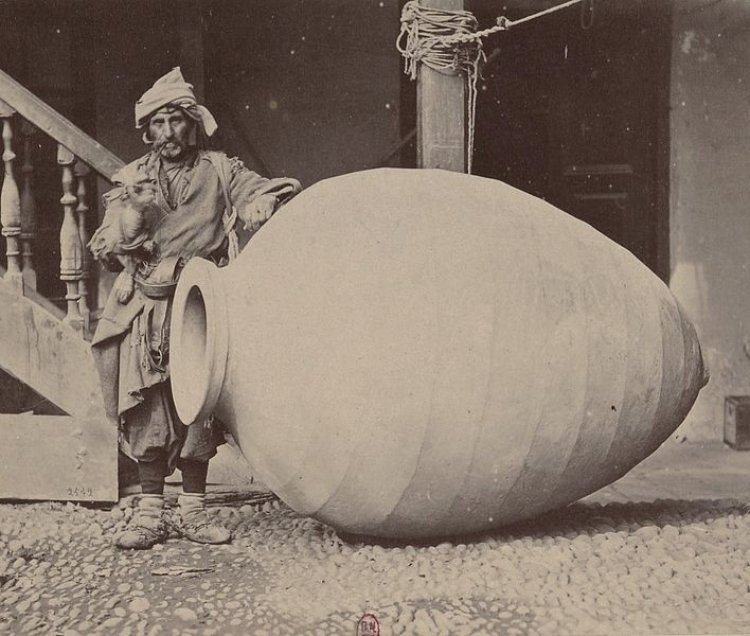
Seria interessante honrar o berço da viticultura mundial e classificar os vinhos elaborados com o método caucasiano unicamente como âmbar? Sem dúvida, porém lutar por estabelecer mais uma regra soa desnecessário em um universo cuja prioridade deveria ser a derrubada das barreiras de tecnicismos inúteis. Afinal, se depender de sua crescente alusão e consumo, certamente já estamos todos na linha de frente de uma revolução silenciosa do vinho âmbar georgiano, que não para de fermentar.
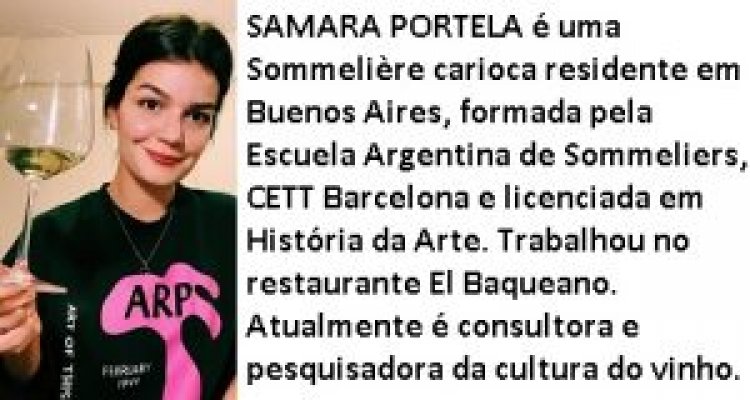

Venha Catetear!

Amber Wine and its Silent Revolution
A few years ago, we barely talked about orange wines, an ancestral method that has been used for more than 6000 years in Georgia, where it’s called amber wine due to its color similarity with this fossilized resin found in the Baltic Sea. It consists in keeping the white grapes skins and seeds in contact with the juice during fermentation, which develops texture, tannins and bolder aromas.
In 2018 British author Simon J. Woof launched the first book dedicated exclusively to this topic, Amber Revolution – how the world learned to love orange wine, in which he explains that this term was coined by his countryman, the importer David Harvey and so it stuck and became popular worldwide. However, this term usually needs immediate clarification because consumers might wonder if there’s truly oranges in the bottle.
Asked to why he used the term amber in the title even thoughthe expression orange is within the book, Woolf sustains that in the first place he did it out of respect for the Georgian producers who prefer to name it after the baltic gem (ქარვისფერი ღვინო – karvisperi ghvino), as well as Italy’s Friuli producer Josko Gravner, known as the main reference that promoted this method for winemakers and oenophiles outside Georgia. Woolf also mentions that his book was launched during Trump’s election, when there were many jokes relating orange as his favorite drink. Finally, Orange revolution has other political implications, for example in Ukraine or Northern Ireland.
Nonetheless, to dissociate wine and politics doesn’t seems to be constructive considering a bottle represents and spreads a country’s cultural identity like no other booze. Wine offers to the consumers pristine landscapes and family stories that we would never get to know if it wasn’t for that moment when you pick up a label at the market or open up a bottle at home or at a restaurant. That’s the main reason why wine is a consistent state policy in most countries from the European Union and also in Argentina where former president Cristina Kirchner declared it as the National Liquor in 2010, enabling financial resources for the whole wine productive chain. Let’s not forget that rather than a commodity, wine is food and offers life quality to its people, encourages social, collective and healthy behaviors of consumption, also stimulates tourism and fixes people in rural areas.
During the Soviet era, Georgia’s agriculture was transformed into a land of chemical pesticides, millions of qvevris were destroyed or filled with petrol for the giant tractors that would pass through soils dying from the abusive use of synthetic fertilizers. More than 500 native grapes were then reduced to a few varieties, in a line of thought that chose quantity over quality. Old vineyards were removed to grow wheat and potatoes, and oral traditions and polyphonic songs were forgotten. Almost three decades later, amber wine survives and presents itself as the tangible cultural identity of Georgia and the link between History and the bright future it has around the world.
Is it appealing to honor the cradle of wine and make an effort to classify skin contact white wines produced globally with the Georgian method as amber? Definitely. However fighting to establish another rule seems unnecessary in the wine world, whose energy should be in the effort of breaking the barriers of protocols that misgive most consumers to simply experience it and let the wine speak for itself. After all, if it depends on its enthusiastic fans, we are already in the frontline of the amber wine silent revolution, that won’t stop to ferment.
SAMARA SOMMELIÈRE PORTELA from Rio de Janeiro residing in Buenos Aires. She has a certificate from Escuela Argentina de Sommeliers, CETT Barcelona. She also has a degree in Art History. Samara worked at the El Baqueano restaurant and she is currently a consultant and researcher on wine culture.
